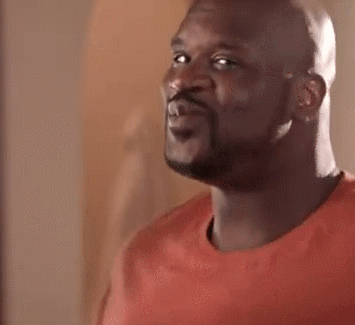It is time to write the Brief!
Please read and follow the instructions below carefully!
Also, you can read the note from the NuVu writing coach and reference the composition reminder sheet.
Title the post “Brief” and post in “Writing”.
The Brief should have a strong narrative that ties together the Why, How and What of your project through clear, cogent writing. Tell the story of how your idea was born, developed, and manifest.
Create 1 post titled “The Brief” (v1 or v2 or final?) with text that includes the following 2 items, numbered:
- A 1-2 sentence project description for your transcript. This will serve as the basis of the Project Description that appears in your transcript. This description should not include the name of the project and should be written in the third person. On Thursday you and your teammates will add this under project settings.
examples:
Night Light Blankie: A child's sensory blanket that provides comfort and privacy in the high stress environment of the hospital using weight, textures, and light. The blanket transforms into a mini light up fort over a child’s head.
Cocoon: a shroud that explores human spirituality and the concept of life after death through the use of repetitive religious iconography. Composed of over 300 pieces of laser cut balsa wood lined with space tape, the icons are arranged using a mathematical strange attractor.
- A 1-2 paragraph brief for your project based on the description below. This text will be edited by the NuVu writing coach. You will have the opportunity to revise this text before the final presentation. The primary purpose of The Brief is to explain, entice, and convince the reader that your project is amazing and important. Imagine your project on display in the Museum of Modern Art. The Brief is hanging on the wall next to your work. In 1-2 paragraphs, a viewer should understand what your project is, why it exists, and how you made it. More importantly, the viewer should be interested and care. You will draw them into your project through a compelling narrative.
Things to think about:- The what is a clear statement of the thesis or problem+solution. Your project description for your transcript (#1 above) can be adapted for this purpose.
- The why explains how your project changes the world. It is the reason your project exists – what social issue is it engaging, who is your project helping, how does the project change the world, and what important social, intellectual, or technical questions does it raise? The scope of the why can vary widely.
- The how briefly explains what technical prowess, innovative methods, or cool materials you used in your solution.
- Think of the reader - it is good to imagine that a college admissions officer AND a potential employer in the field of your design should both be able to understand and be excited by the project based on your writing.
Write in the Third person in an explanatory fashion. Resist using I, WE, OUR, or YOU and focus on describing the work.
Here is an example from Penelope the Pain-O-Monster:
Pediatricians and other doctors find it challenging to collect accurate self reported information from children about their level of pain due to lack of communication skills, fear, anxiety, and discomfort. Traditional 1-10 pain scales do not fully address these issues, often leading to uncomfortable children and inaccurate symptom information. Penelope the Pain-O-Monster is a cute plush toy that uses integrated pressure sensors to allow children to express their source and level of pain through play.
A previous project, The EmoOwl, helped children with autism to express themselves by translating motion into color. Penelope the Pain-O-Monster grew out of the desire to expand children’s health menagerie with a different stuffed animal, one that makes the pain charts patients use to express their pain more interactive and easier for a child to use. Because research has shown that playing with stuffed animals can take children’s mind off pain, an additional “Fun” mode was added to distract from pain and anxiety. The handcrafted stuffed animal uses force sensors in different body parts that light up from blue to red depending on how hard they are pushed to show the child’s pain level. The hope is that, as one of many future healthcare friends, Penelope can help sick children feel safer while providing more useful information to care providers.
:rotate(0)/wkiiqgwnjfn9v64c7193g5r72hgt)
:rotate(0)/h143bcdtxn49ddpm66aklgyoy9uc)

:rotate(0)/ri4grkathi1t28huy3jf5xg2zv3w)
:rotate(0)/nplat-v2-assets/ok55gaf65genhpsdrb1s5gf60zkx)
:rotate(0)/4vak3w14u05cp2adek22clelc2ua)
:rotate(0)/06d36n9q6uu1pkqb6zu4dgbu7c9i)
:rotate(0)/p3hat4tg33awk5nc6z7zomjyupuv)
:rotate(0)/j39c3cng6isci099dn0beldf0rvb)